ADVERTISEMENT
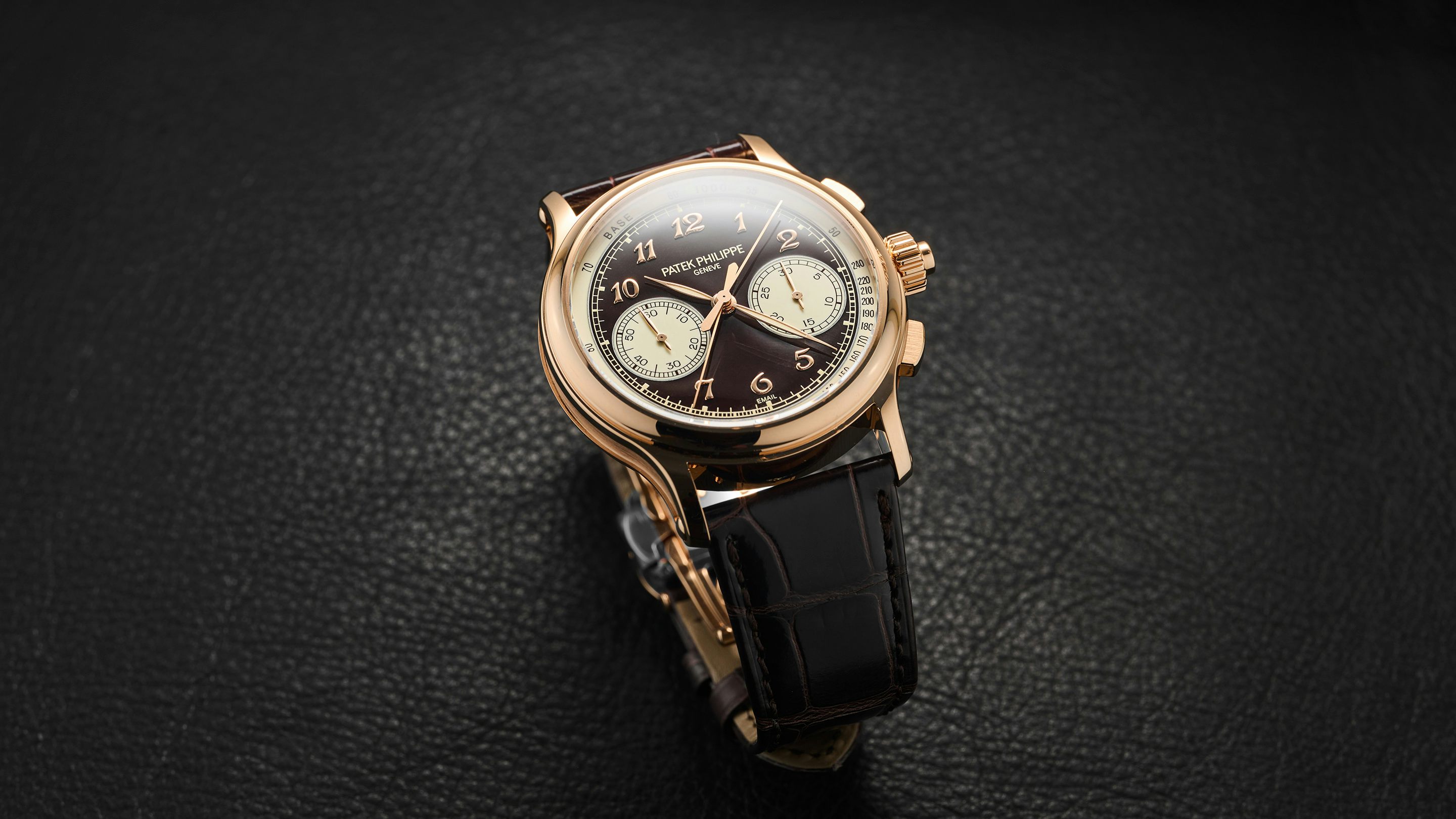
Exactly ten years ago, at Baselworld (RIP) in 2015, I got to see the first iteration of a simple split-seconds chronograph from Patek Philippe since the 1436 – the 5370P. Before anyone jumps in to say I'm forgetting the 5004, I'm not – I am referring to a watch with *just* a split seconds chronograph and no other complications – and further, I think about the 5004 hourly so trust me I'm not forgetting about it. When I wrote about it, the 5370P I was absolutely f*cking psyched, because it felt like a return to the Patek Philippe that I loved. You can read the story here – where I said it was basically the best watch Patek had come out with since the 5970 – maybe even (gulp) before. And look, we all know that I'm prone to getting really, really excited when Patek does something that speaks to me as someone who cut his teeth blogging about the most beautiful watches found in sock drawers.
The 5370P was a perfect watch to me in many ways – the complicated, highly detailed case that took the 1436 and modernized it (and, frankly, upgraded it), the elaborate in-house split seconds chronograph, the black enamel dial with Breguet numerals! I was dead sure this watch would become a classic, a highly sought after prize allocated to only the best clients in the world. And for a period of time, I was right. But before we go into where the 5370P, and the new 5370R sit in the marketplace today, let's take a trip back in time to a far away land called the watch world of 2015. Almost nothing about it remains today, but it's important to remember.
When the 5370P came out ten years ago, Ben was TURNT UP.
Why Did The 5370P Hit So Hard In 2015?
The 5960A came out in 2014 and definitely raised a collective eye brow.
I think back to an old journalism professor I had who used to say "context isn't part of the story - context is the story," and here, indeed, context provides more clarity on why the 5370 was so exciting to me. A year before its release, in 2014, Patek Philippe surprised the world of collectors by introducing a 5960 in steel, on a bracelet. People were shocked. Back then, the only steel watch you could get from Patek was the Nautilus and Aquanaut, and frankly, who cared about them? To do a complicated watch in steel was unheard of, and it upset people. It marked a serious shift in the tone of Patek Philippe. A year later, in 2015, many collectors thought Patek had lost its damn mind with the introduction of the 5524G pilots watch. A common rib at the time was that they had taken a page from Zenith's design department. Now of course, if you read my introducing post back then, the watch has historical ties to two hour angle watches from the 1930s that reside in the Patek Philippe museum – but the watch wasn't exactly praised when it was released. And that's putting it lightly. Here are a few detailed takes from some insiders back then.
The 5524g came out in 2015 and had people SHOOK.
And that wasn't all – the 5270, which everyone agreed was a technical feat and worthy successor to the 5970 – was struggling to find its face. There were three different dials produced within the first four years, and when Paul Boutros (shout out Paul!) reviewed the 5270G in a week on the wrist in 2014, he praised its technical prowess, saying the finishing and everything about the caliber was unbeaten by anything out of Switzerland, but criticized the fact that the watch "had a chin" which made the seconds hand not touch the seconds track from 27 to 33 seconds. It was, frankly, the first time the collector base at scale criticized the dial of a perpetual calendar chronograph from Patek Philippe (it was remedied shortly after first on the introduction of the 5971P and then on every subsequent version of the 5270). It was part of an early undercurrent of doubt about the aesthetic choices of the world's most important high end watch brand – an undercurrent that 465 commenters say remains today.
But the 5370P was arguably perfect. OK, back then, just as today, do I wish it was 39.5mm instead of 41? Sure, but that is the only criticism one could levy against it. The platinum watch with black dial was first introduced with a retail price of $249,200, a lot of money certainly, but appropriately priced for what the watch was and represented. Collectors were in love, and for me, the 5370P was proof that Patek still really cared.
The Next Five Years Of Watches Were Pretty Normal
When the watch hit the market, I remember the die hards running to their dealers inquiring about them. As mentioned in the introducing post, only a small handful found their way to dealers in 2015 – and I remember very clearly talking to John M. about it and us both saying "this could be all you need" for a high end Patek lover. It was viewed that way – and ten years ago, while it was highly unlikely that I would be able to afford such a watch, the idea of selling it all to own a 5370P definitely crossed my mind. To me, it was absolutely the most desirable high-end contemporary Patek in the catalog for years and really didn't have a rival until 2018 when the 5270P with salmon dial was shown, which jump-started the desirability of arguably Patek's most important historical family, the perpetual calendar chronograph.
The Following Five Years Were Anything But
The Steel Shortage Was Already A Thing In 2019
But the times were a changing'. People were already looking for more casual watches. There started to be an uptick in interest in steel Patek Philippe models – notably the Nautilus and Aquanaut, and Thierry Stern spoke about it in Volume 1 of our Magazine, and Joe Thompson, the legend that he is, covered it again on these pages in 2019. It was around then that we started to see 5370Ps turn up on the secondary market, and often at or occasionally below retail. Just as that was happening, the 5711/A, or steel Nautilus, began to disappear from cases and find its way into auction catalogs, with the results well above the retail list price in the high 20's. It was a story, certainly, but things were only going to get crazier.
The 5370P with black dial was produced until 2020, when it was replaced with a bright blue-dialed version. Same watch, just blue, and while the only difference was aesthetic, it felt like a bit of a tangent for such a watch to me. The introduction in 2020, which was, of course, in the middle of a global pandemic and shortly thereafter, the greatest surge and shift in watch buying interests of our lifetime, marked a turning point, I think, for the 5370, and its complicated, important brethren from Patek. Demand for complicated watches, or "real Pateks", plummeted, while demand for sports watches surged. You all know this, so I won't go into too much detail, but suffice it to say, the very best watches in Patek's catalog were selling below retail, while the simplest watches, designed to welcome new collectors into the brand, became pure unobtainium. How wild did it get? In this Phillips sale in December 2021, a 5711A sold for $280,980, where three weeks earlier, also at Phillips, a 5370P sold for a shade over $200,000.
There is just no version of life where a standard 5711A (not Tiffany signed, not green dial) should be trading that far above a platinum-cased, enamel-dialed split seconds chronograph. And yet, that's where we were. I will say that though the blue dial 5370P never spoke to me as a collector, there have been some big results, including this one at Phillips for $315,000. It is not the norm, however, and while 5711 prices have come down significantly, the resale price of a 5370P in both dials has settled below $200,000. The retail price of the 5370P was $263,093 when introduced in 2020. Now I want to be very clear, I am not now nor have I ever been in the camp where one believes a watch should trade above retail in the secondary market nor does that inform how I buy watches – but if there is one watch that I believe SHOULD be trading above retail, it is the 5370 – OK, and the 5270. These are the Hermès Birkin bags of watches. The GT3 Tourings (or maybe even 911 S/T's). The best brand, the best craftsmanship, the best aesthetics, and frankly, very difficult to get at retail despite their relative availability on the secondary market. But that's not how things are – as I was writing this, I saw a used 5370P (black dial) being offered on Instagram for $165,000. I have a good friend who purchased a 5370P new, from retail, and he wants to sell it to move into something else – the offers he's getting are, well, head-scratchingly low. The reason why? Simple, really – most buyers want status these days, not complications. And prices from everyone, including Patek Philippe, are just on a whole new level of extreme. And that's coming from me.
Consider that the 5370P was priced in the upper 200s at retail when launched – and when Lange introduced its first simple split seconds – a limited series in honey gold, it did so at about half the price – $134,000. And yes, there are some technical strengths to the Patek versus the Lange - split seconds isolators, etc, but one could make the case that the pleasing movement architecture, proprietary metal, and guaranteed limited quantity of just 100 pieces in honey gold more than make up for that. To drive the point home, it's not easy to make a $134,000 watch feel like a bargain, but Patek's pricing on the 5370P did, and so much so that I submitted an application for and eventually purchased the Lange split seconds chronograph. Do I wish it were the 5370? Not for a second. And I think that's part of the issue with the 5370 over the last few years – they are priced too high at retail, they sell too low on the secondary market, and there are simply too many of them in the market. The same could be said for more than a few high-end Pateks from the past ten years...but let's get into THIS high-end Patek – the 5370R – from *this* year.
Introducing The 5370 Split Seconds Chronograph In Rose Gold With Two Tone Enamel Dial
The 5370R has a certain "cigar aficionado" charm to it, doesn't it?
I won't bury the lede here – following the less-than-universally-loved launch of the 45mm Cubitus in October, Patek showed some really strong stuff at this year's Watches and Wonders. The smoked dial perpetual 6159 is a killer – and weirdly, I think priced insanely well for a modern-day PP complication at retail. The new Cubitus in gold in the smaller 40mm size are a run away successes – and I happen to know these are the most in-demand watches for all Patek dealers for 2025. And the 6196P? You know how I feel about it. I'm not saying it's perfect, but it's as perfect as a Patek Calatrava has been for as long as I've been covering watches, and it is a watch I genuinely want to buy someday. As for the new 5370 in rose gold? It got people talking, in a good way, because it felt like a watch that could've been made in the 90s – when Patek effectively stood alone on the mountain of making truly high-end, truly luxurious timepieces.
The front and the back of the 5370R really do a great job showing you what a real Patek looks like.
What we have here is the same watch as in platinum, but in a decidedly warmer, more old school, vintage(y), single malt scotch and Cuban cigar in a private study sort of way. And frankly, I think that vibe totally works here. The case is the same, just now in rose gold, but the dial is really something quite special. It remains enamel, but is actually a complicated, in-set, three-piece enamel dial consisting of a brown main dial, two beige enamel counters, and a beige outer ring, also in enamel. The rose gold Breguet numerals are set into the enamel flawlessly. The brown main dial is grand feu and highly polished, while the registers and outer track are champleve. While similar in process, grand feu produces, generally speaking, broader, more deeply colored dial work, with multiple layers of enameling applied to a base, which is why this was used for the main dial plate in brown. Champleve enamel rests inside a metal carving or etching, and fills the space to create a more patterned look. That is why here, Champleve was used for the registers and outer ring. And about those outer rings – they aren't white, they're beige or cream. And the dial? Not black, but brown. This watch is really earth-toned coded, and I'm all for it. As an aside, my first car out of college was teak brown, my most recent family car was coffee beige metallic, so you can imagine, I dig this color way. What elevates the dial to the next level is how it not only features multiple finishes and colors, but the sub registers are actually recessed into the brown dial, while the outer track is raised, providing a genuinely beautiful, thoughtful, and different format to this new face of a familiar watch.
Looks good with my jacket, doesn't it?
On the wrist, it's still at least a millimeter larger than it needs to be, but not overpowering. The case, which as mentioned before, is really an upsized 1436 case (still a grail of mine), is expertly crafted and finished in a way that basically no other watchmaker at scale can match – with a combination of polished facades and brushed flanks. And because of that, it sits very well on the wrist for a modern day rattrapante – which is to say, just a hair too large and thick for something that should be deemed perfect. But exceptions can be made.
And as for the movement? Well, it's still that same CHR 29-535 PS caliber that is absolutely exemplary in every way. It's just 7.12mm thick, just over 1mm thicker than the CH 29-535 PS, the base chronograph caliber found in the 5172 standard chronograph. The details, finishing, and design are frankly what you'd hope for and more from a watch in this league, with several touches that are very clearly finished by hand. Bluntly, it's just gorgeous, and if there's anything that will make a man try to rationalize something that no man in this world needs, it is a highly complicated Patek Philippe caliber.
Mark K. delivers for watch lovers around the world with this snap of the CHR 29-535 PS found in the 5370R.
As you would (and should) expect from a Patek at this level, the caliber features a free-sprung Gyromax balance and smooth and consistent hand finishing across components. Does this caliber look as though Philippe Dufour himself set to finish it? Certainly not, but that's not the goal here, and the quality of the balance of the watch more than make up for any perceived machine finishing – which yes, does exist here – even at this price point.
It really does look great though, doesn't it?
Now let's get down to it. Would I buy the 5370R today? Well, first, know that the retail price is $302,841. If I'm buying it in NYC, this would cost me around $330,000 out the door after taxes. That is a simply wild number. A number that frankly, I'd have a hard time justifying even in the alternate version of life where I don't have two children and a mortgage. And that's the thing here, really. The 5370R is far and away the most compelling of the 5370s made by Patek in the past ten years, but it's somehow the most expensive. The dial work is what makes it here, and the colors could not be more me if I were asked to pick them myself, but at north of $300,000, I want a watch to be perfect, and the 5370, while absolutely in the top tier of all watches made today, I think just falls short. I suppose if I didn't buy the 5370P with black dial back when they were hot as hot can be, and when I was young and single and had money to spend, it would be hard to get me across the line on this rose gold one at an even higher price, despite all its charm.
Having said that, if I had far, far more disposable income than I do, or, say, if that imaginary trust fund showed up one day, I'm not sure there is a better, more lush split-second chronograph on the market today than this one. The Peterman Bedat reference 2941 Split Seconds Chronograph has a lot going for it – arguably a more interesting movement design, more hand finishing, and a smaller 38mm case, but I struggle with the case and dial of the Bedat and would likely choose the 5370R over it.
And back to the subject matter of pricing and availability from before – the 5370R was just introduced a few months back and as far as I know, very few have been delivered, if any. So there basically is not a secondary market for this watch, yet. The few that are listed on Chrono24 look to be using images taken through the case at W&W 2025, so I'd doubt those watches are in hand. I guess the real question is, if you're a Patek guy, as in someone that won't be looking at something like a Lange or Peterman Bedat, and you want a 5370, do you make the play for the rose gold at north of $300,000, or do you look for a pre-owned 5370P for about 65% of the price? I don't have the answer here, because for Patek collectors, getting them at retail means a lot. I know it does to me. But that's a big pricing delta....which gives me an idea for another story soon.
Until then, enjoy this rambling take on the new and lovely 5370R, which is an absolutely beautiful watch with a very special dial construction, and glorious movement, but a case dimension and price that are just a bit outsized, even in the world of Patek Philippe.
For more information on the 5370R, click here.
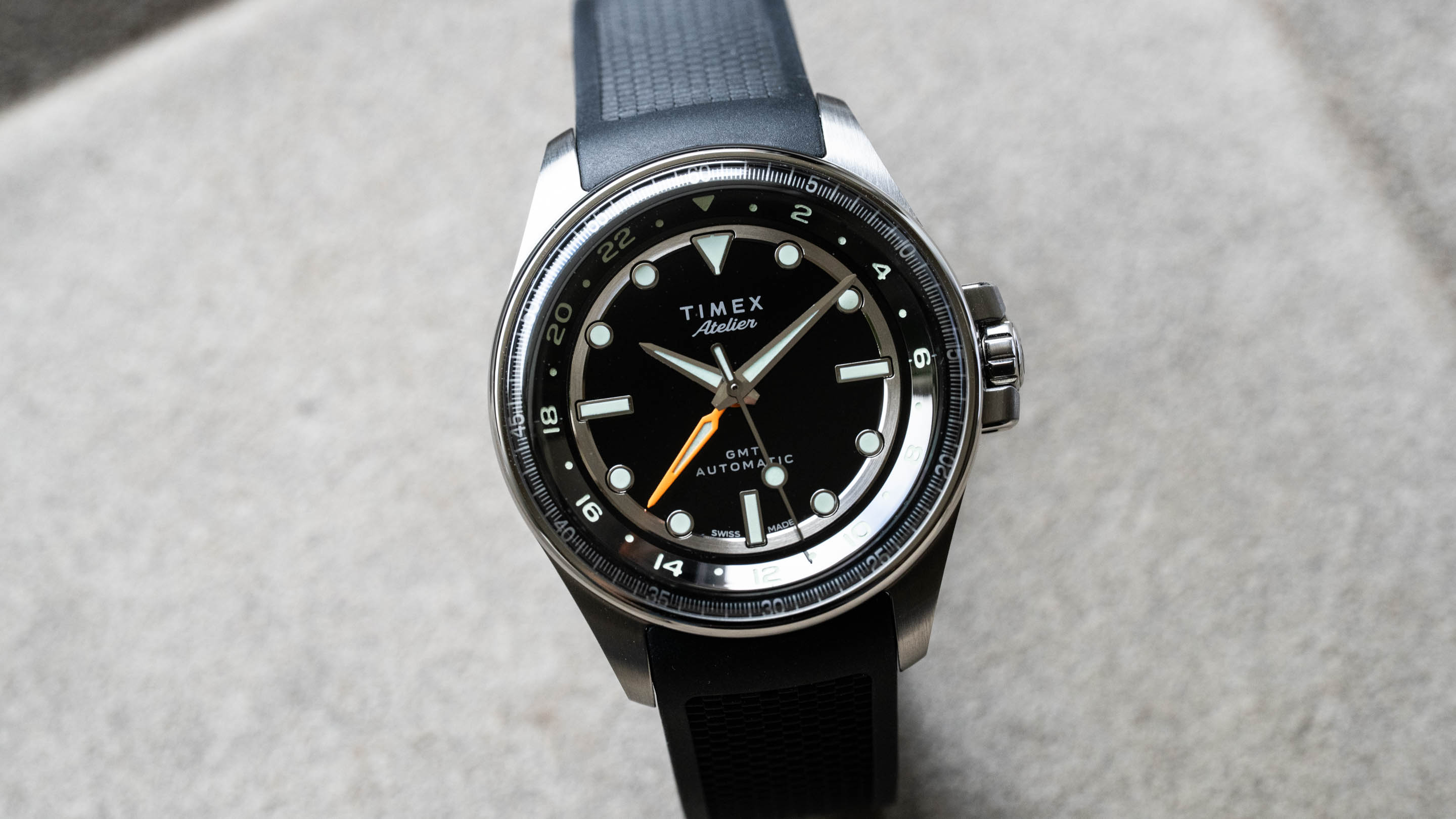
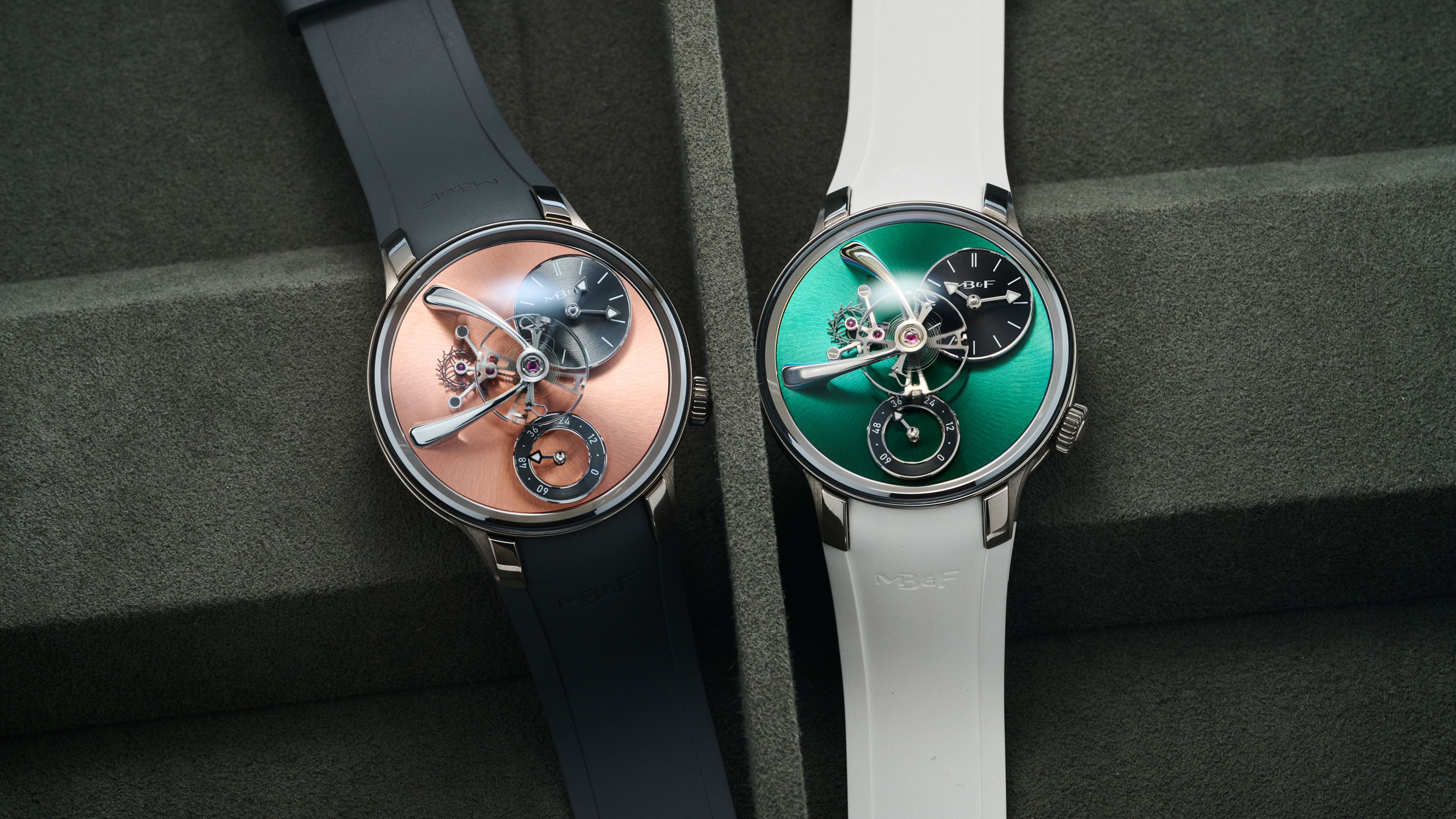
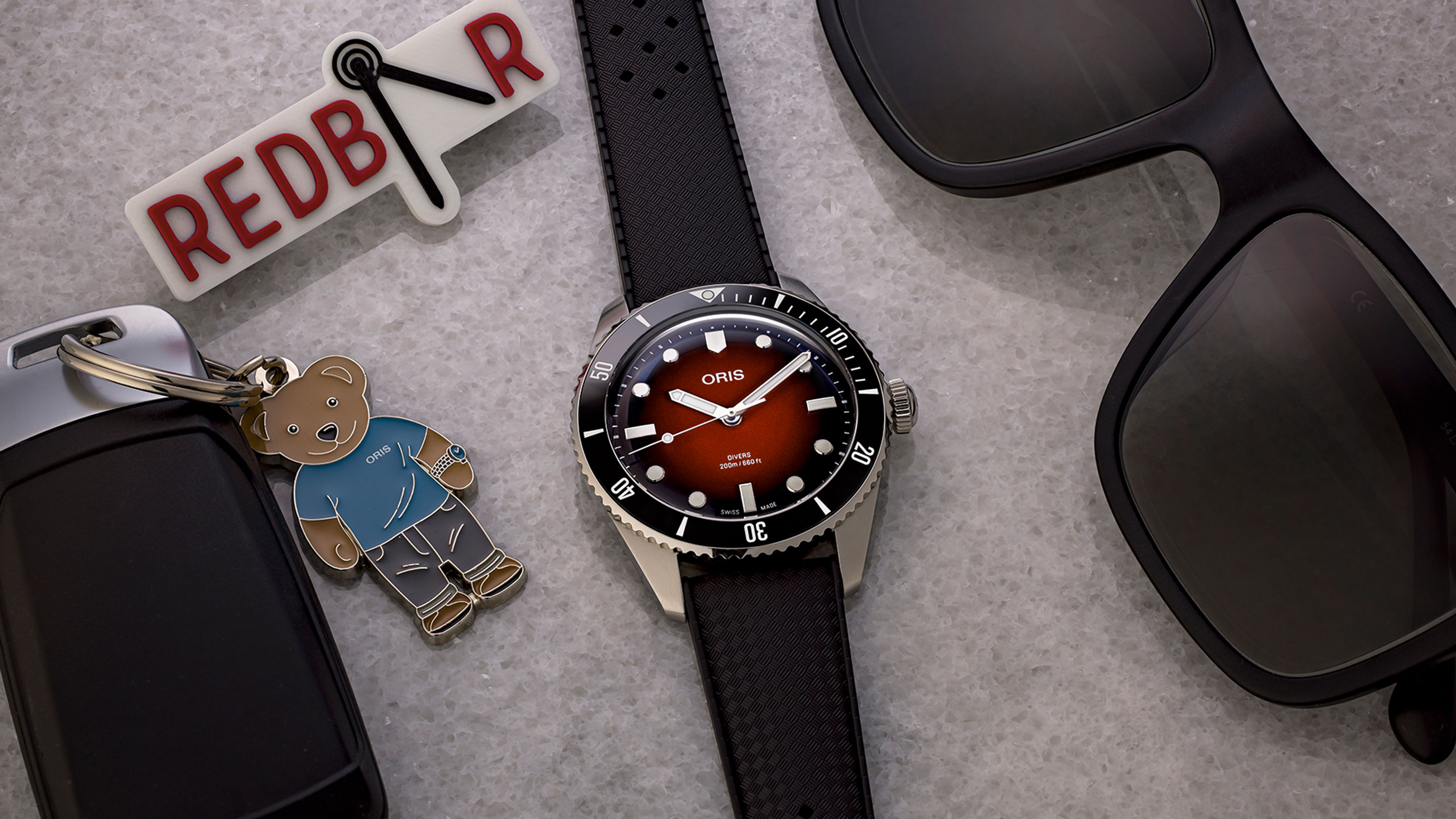




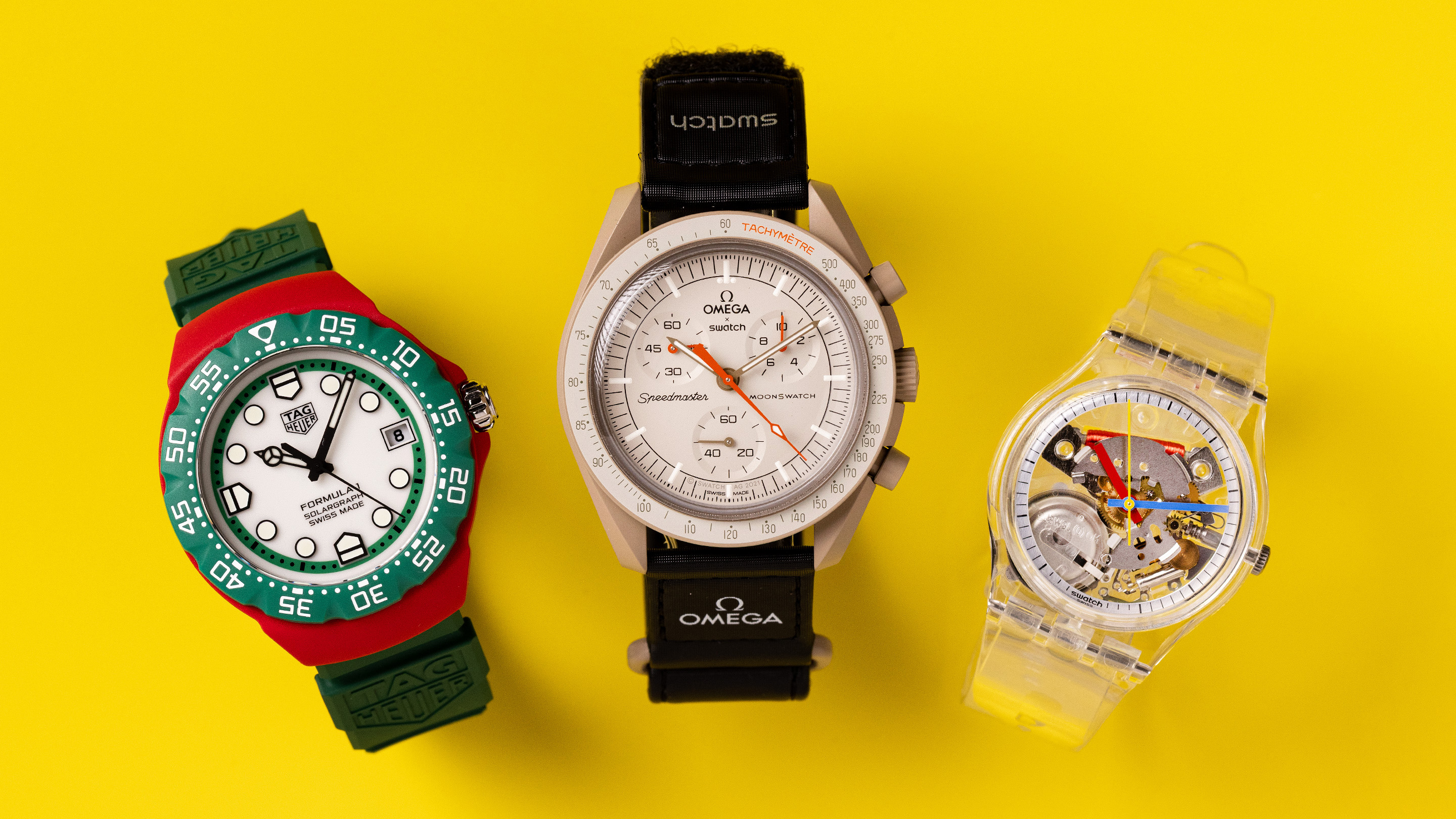
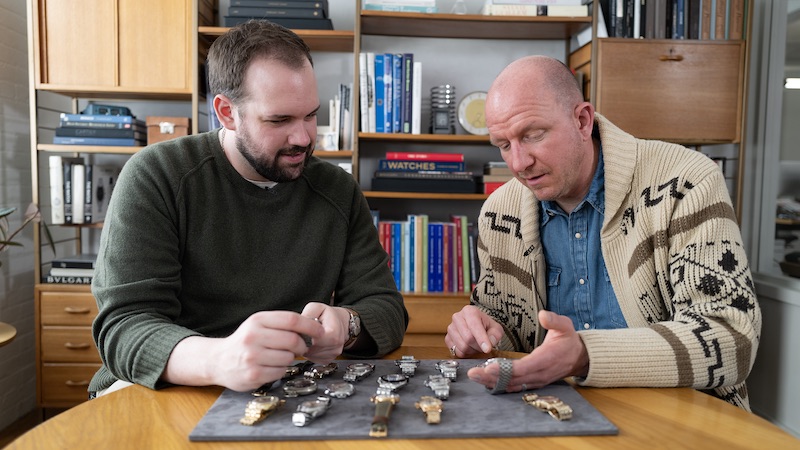



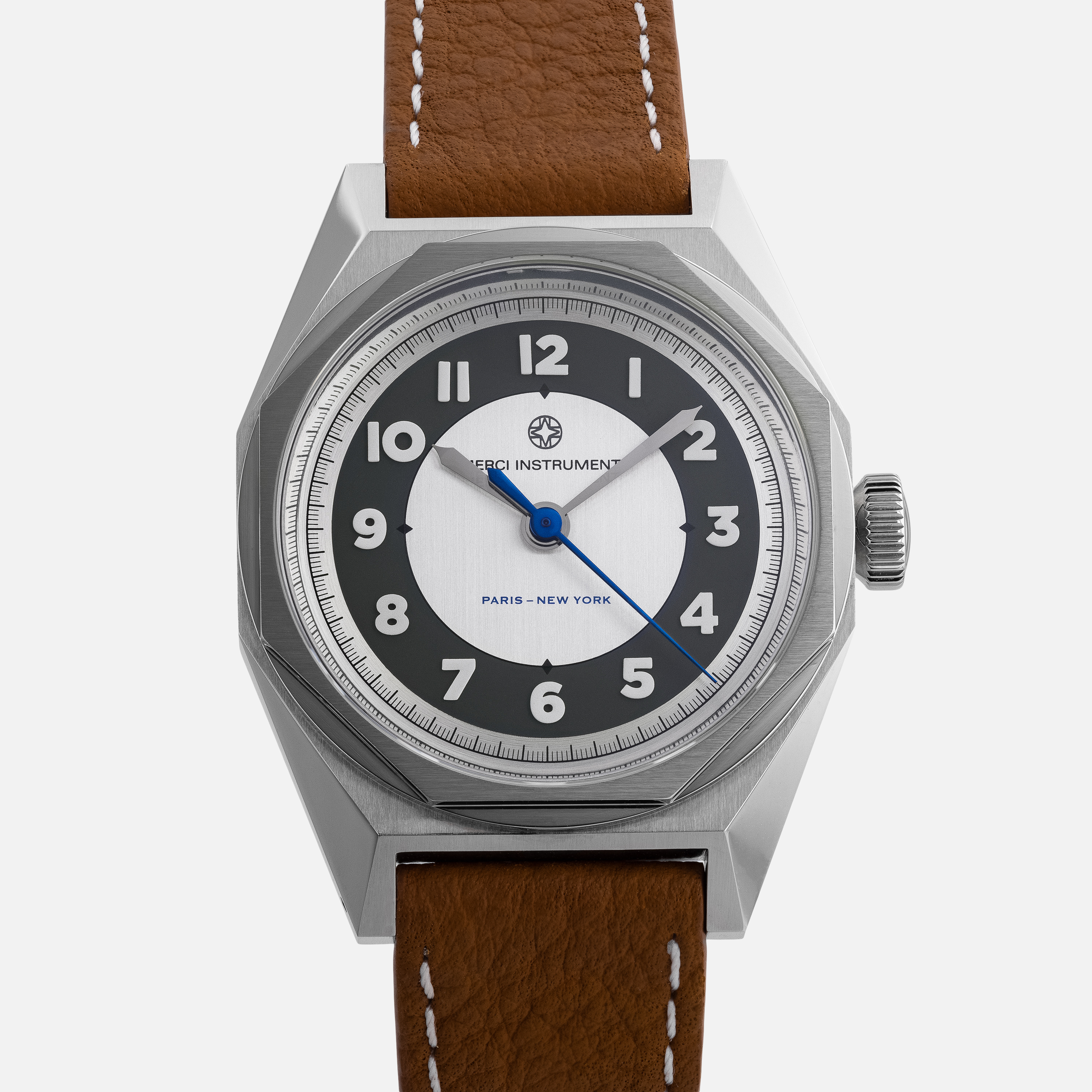








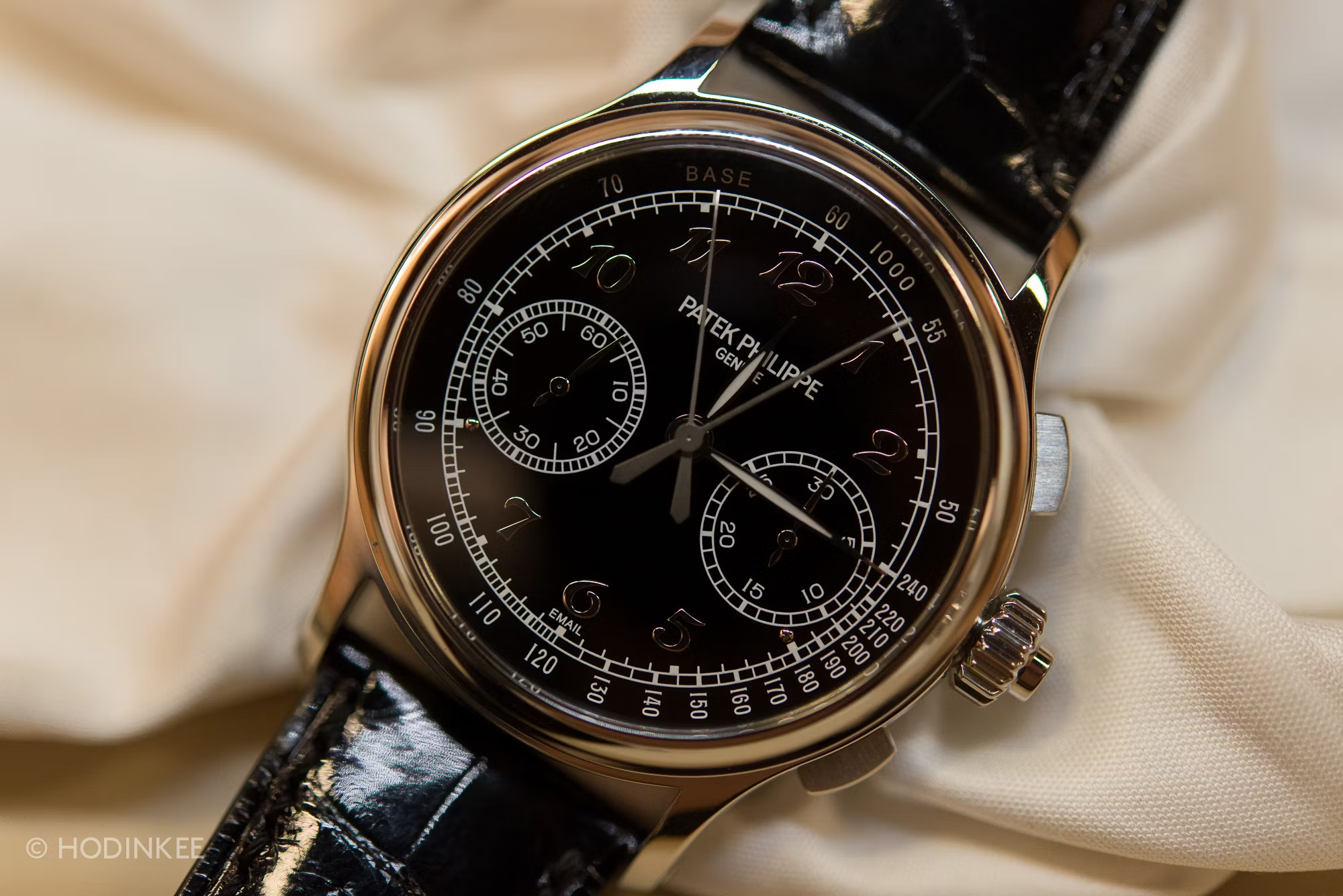
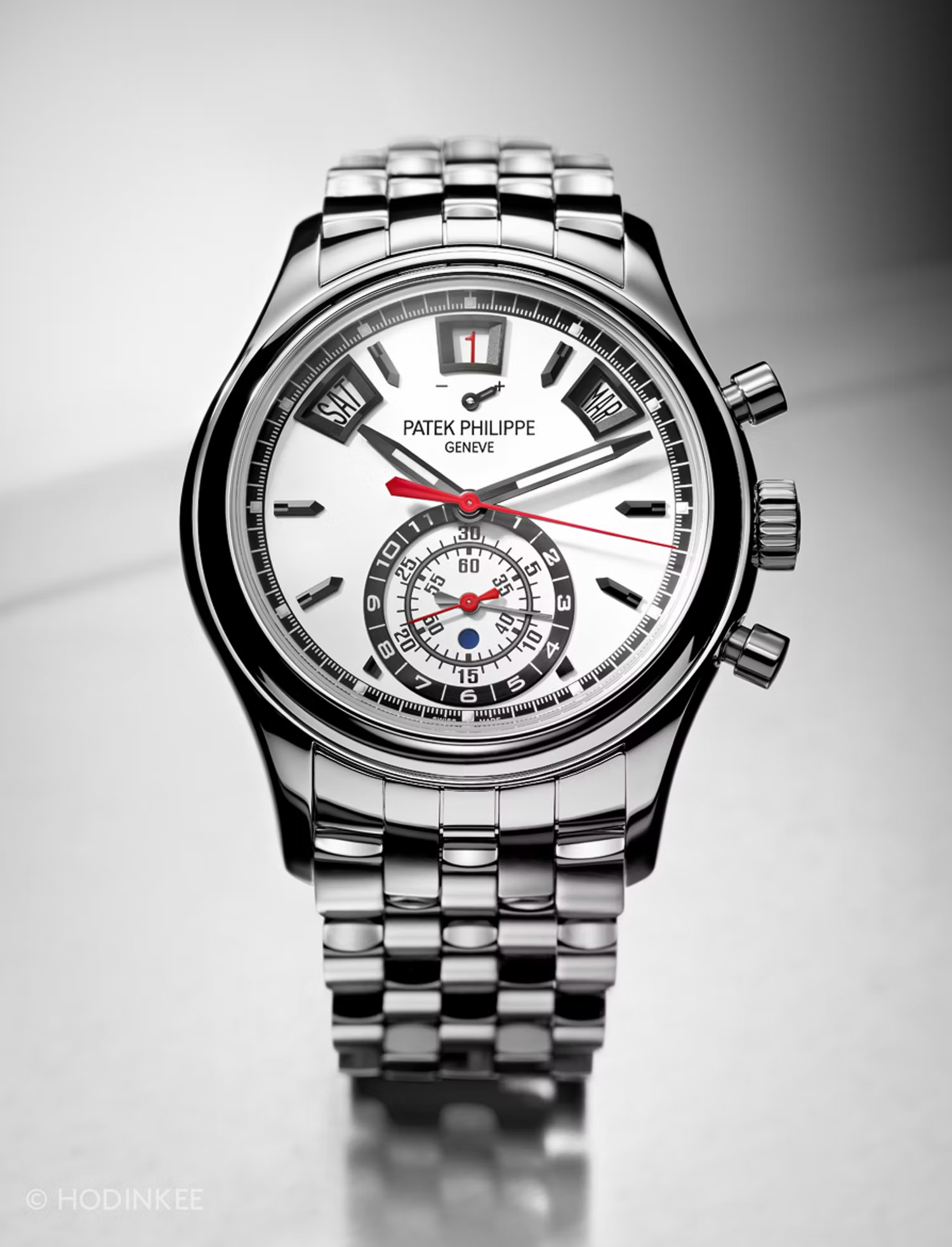
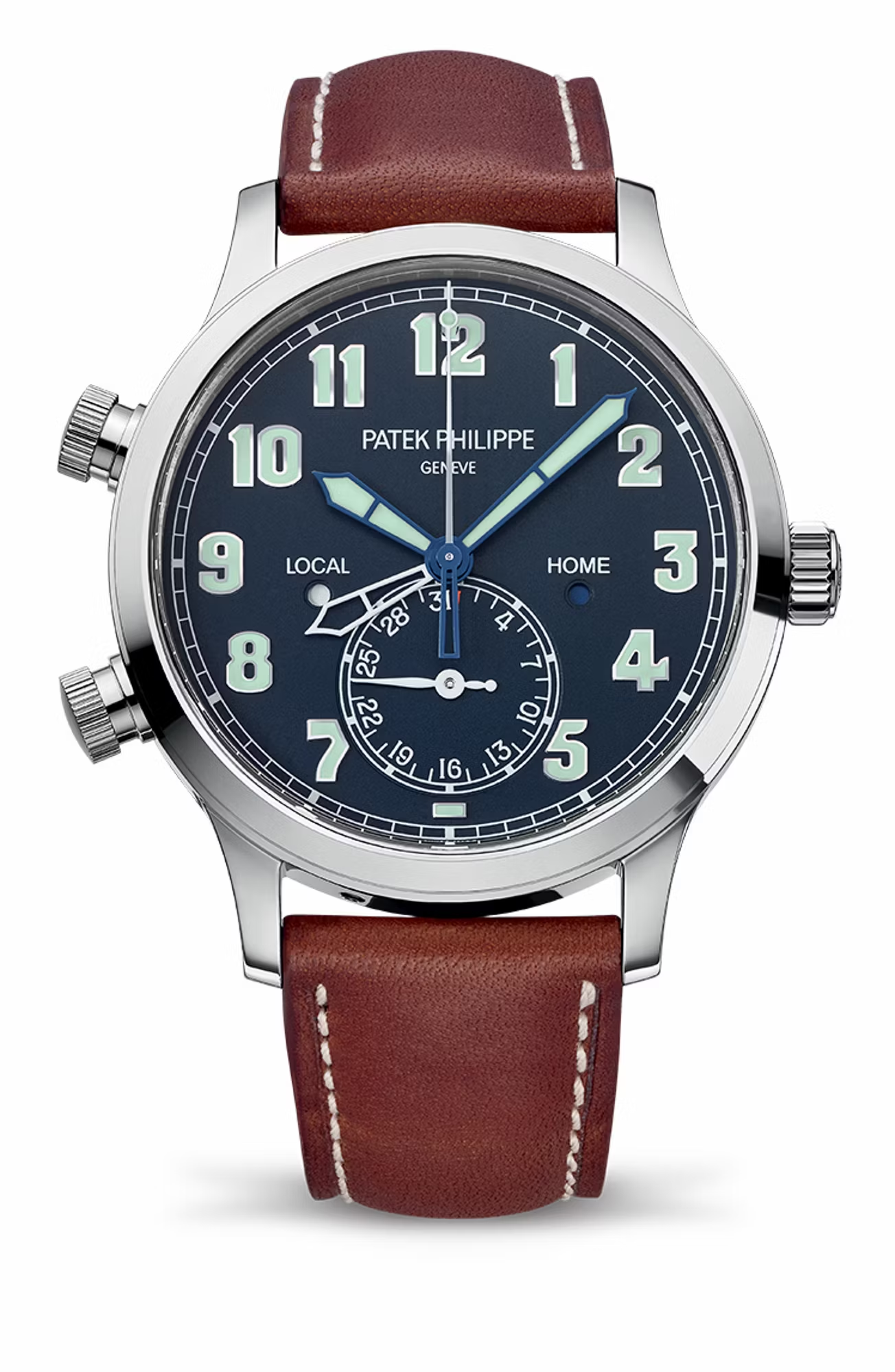

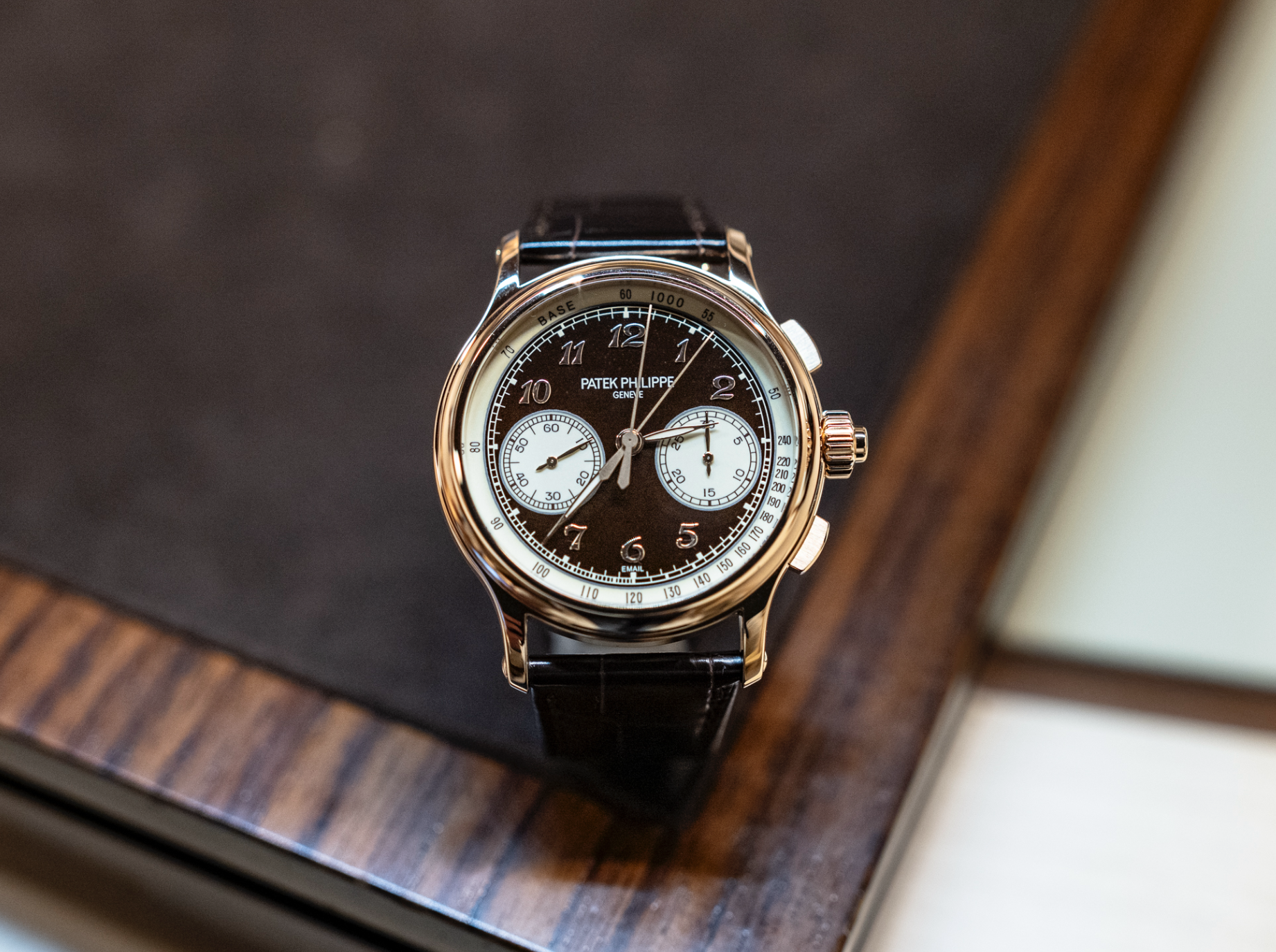

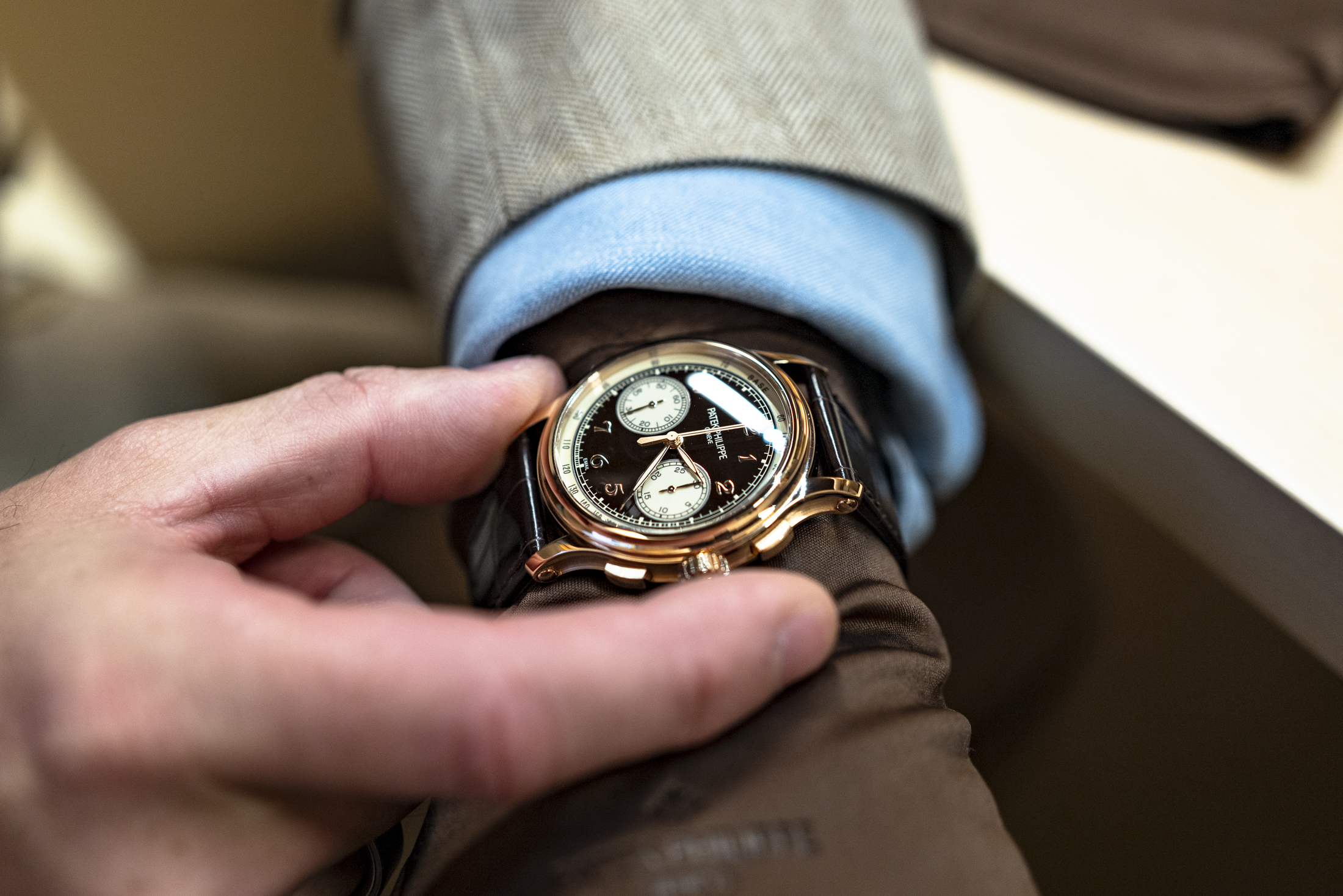


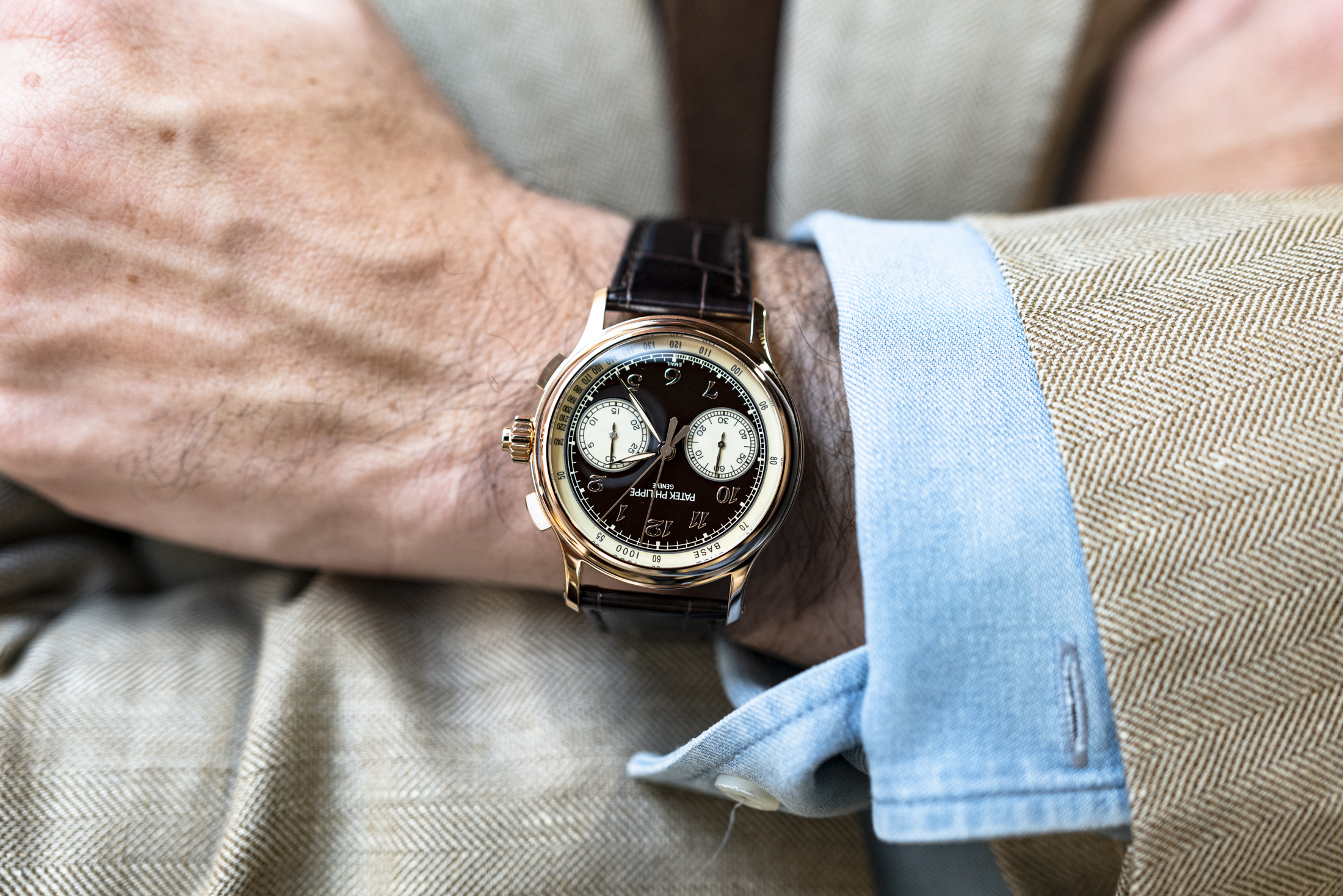





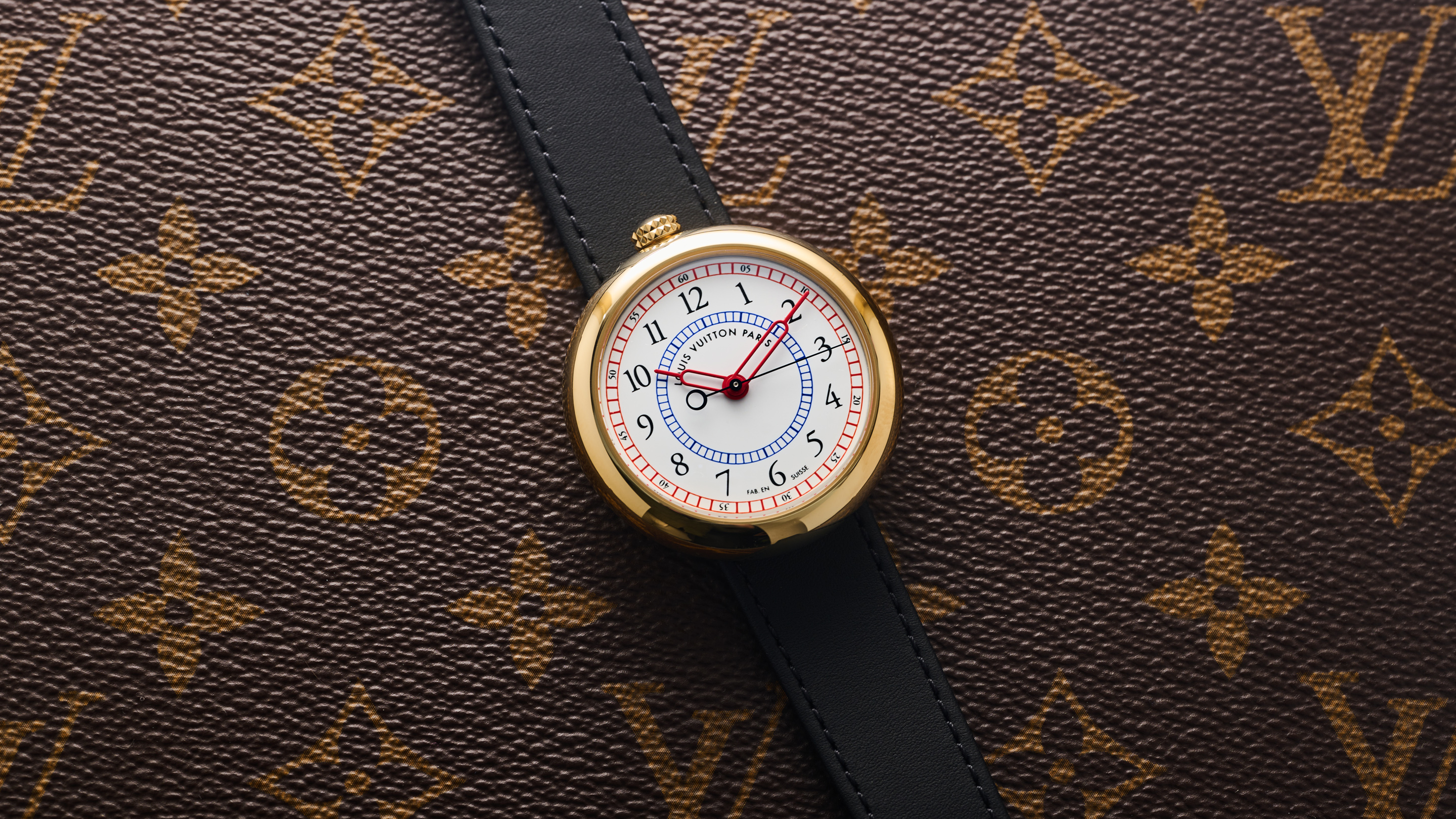
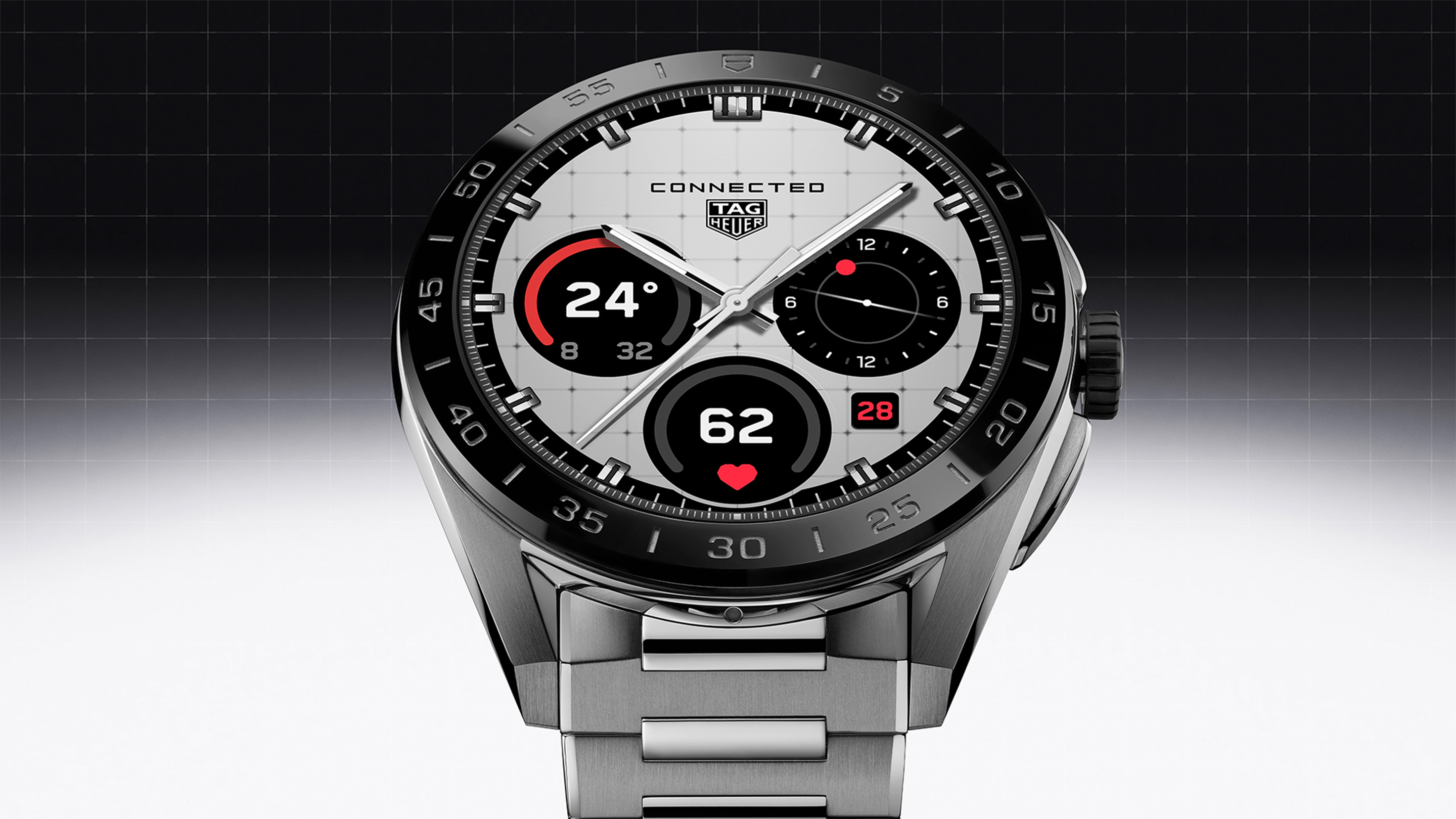
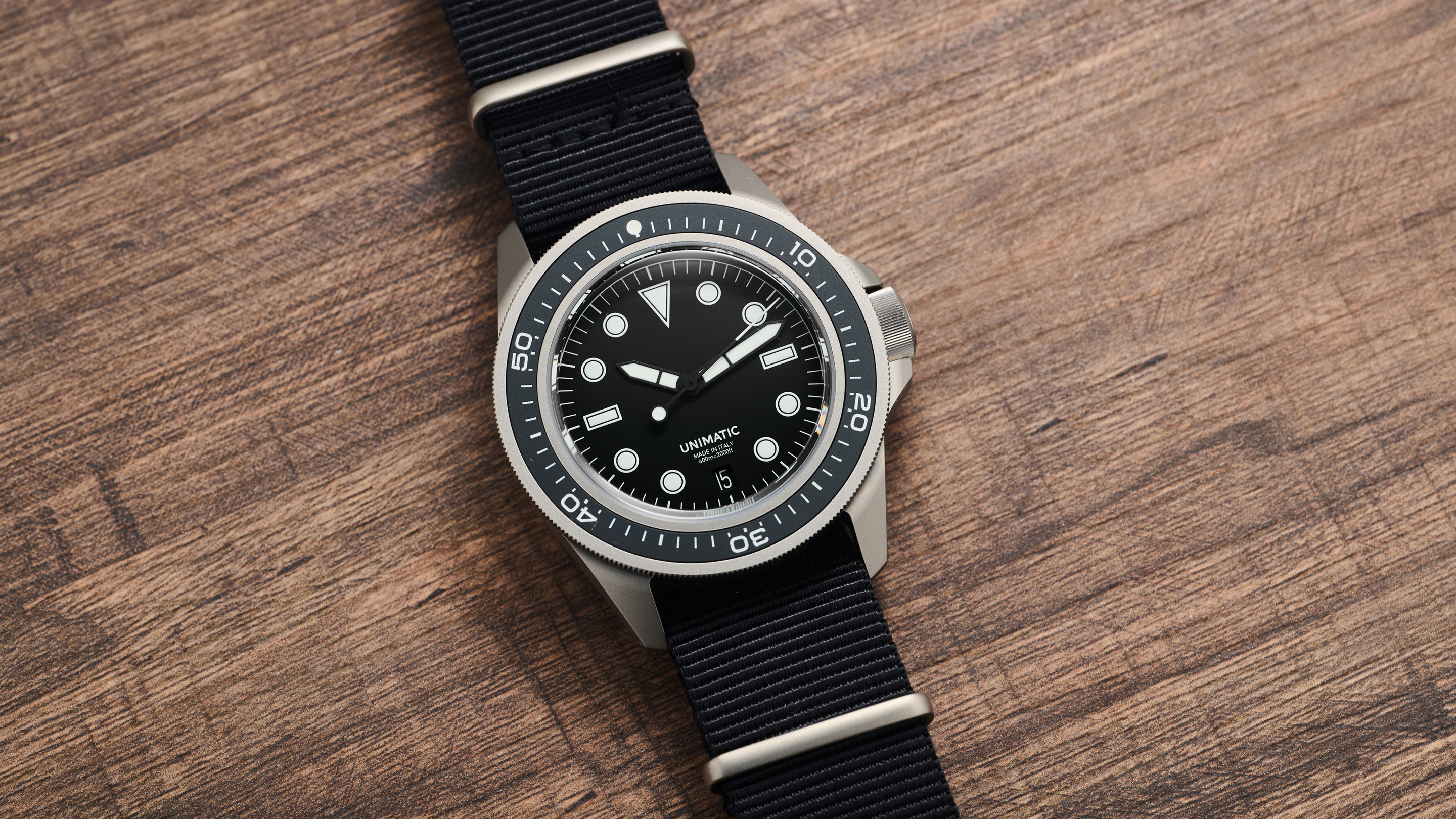
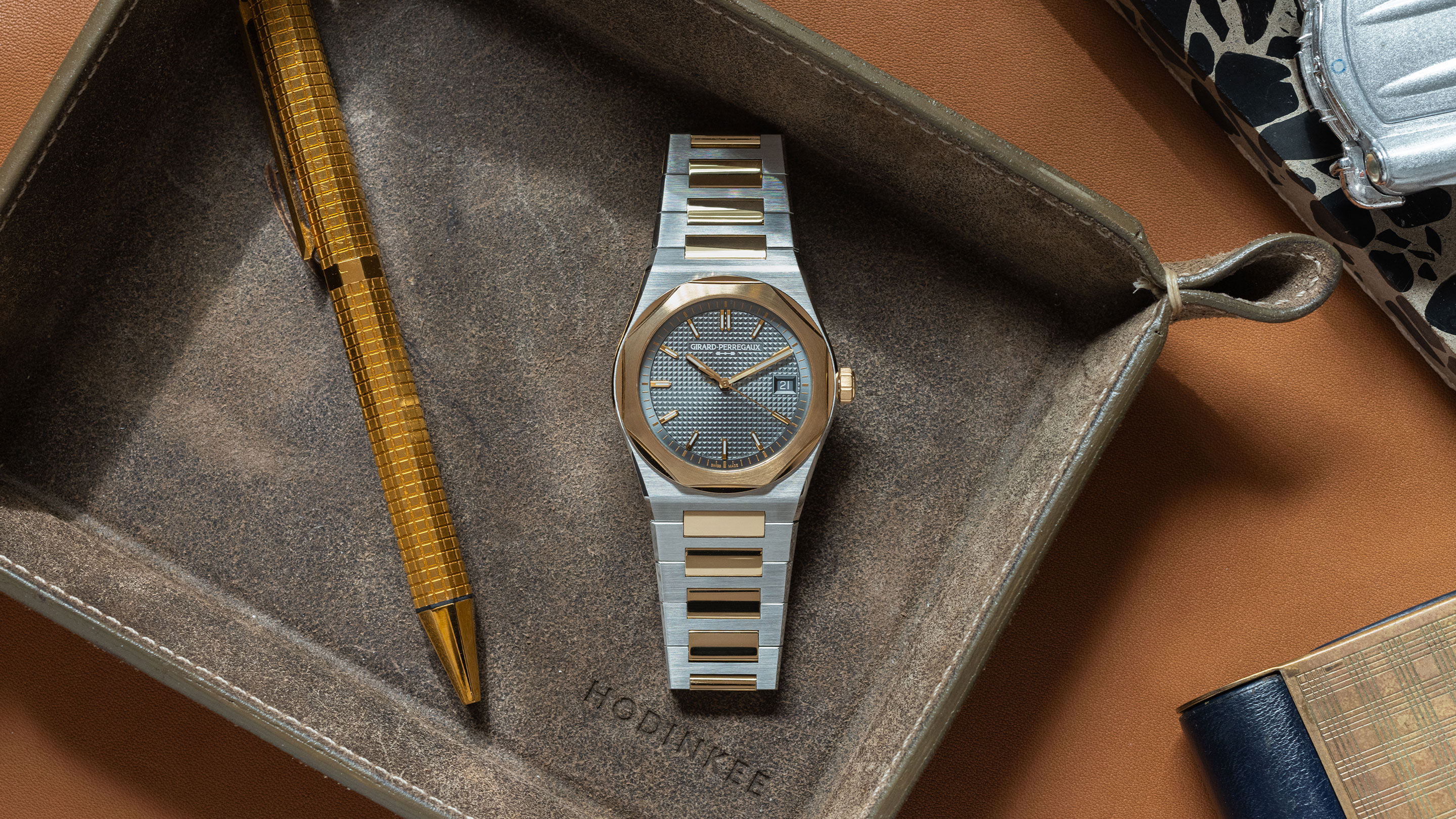
Top Discussions
Hands-OnTimex Atelier Introduces the GMT24 M1a Automatic
IntroducingOmega Updates The Speedmaster Dark Side Of The Moon For 2025
AuctionsA Live Preview Of This Weekend's Fall 2025 Monaco Legend Auction